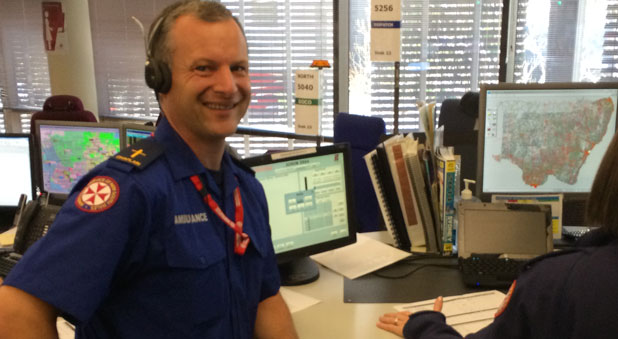The Chaplaincy programme that serves the ambulance crews in NSW is currently expanding its work to include more volunteers.
The Rev Paul McFarlane, Ambulance Service NSW’s senior chaplain and co-ordinator, says, “There is currently a team of about 38 volunteer chaplains from many different denominations and some from other faiths as well. Recently we’ve also recruited a new cohort of 12 and are running inductions for them, and we’re looking to try and recruit more in the new year.
“Chaplains are always very much in demand, I think, because the crews know that we’re there for them and their wellbeing, not as managers or auditors, but to give the crews support and be open to what they want talk about.”
Volunteers include clergy and lay people from a variety of ministry and occupational backgrounds.
“One of the things that seems common to a lot of people who are volunteers, or who want to become volunteers, is that they are the kinds of people who see an ambulance go past, they think about the crew heading off to attend an emergency and they pray for them,” Mr McFarlane says. “There’s a heart for helping the helpers, that’s the base of it.
“We also look for pastoral skills, so lay people who are trained in pastoral care or clergy with that training. Some people also have a background in emergency service work themselves. It’s very much a mix of people.”
Ambulance Service NSW receives an average of one emergency call every 26 seconds, with chaplains providing a listening ear after potentially traumatic callouts as well as providing support in other life circumstances.
“We’re expanding our program rapidly, trying to service more locations and more crews, and the only way we can do that is with volunteer chaplains,” Mr McFarlane says. “The crews like having us around and we have strong support from management in this. They see chaplains as being an important component amongst other staff support services, so there is always valuable work to do.”
Photo: New volunteer chaplain the Rev Mal York at an emergency dispatch call centre.

















